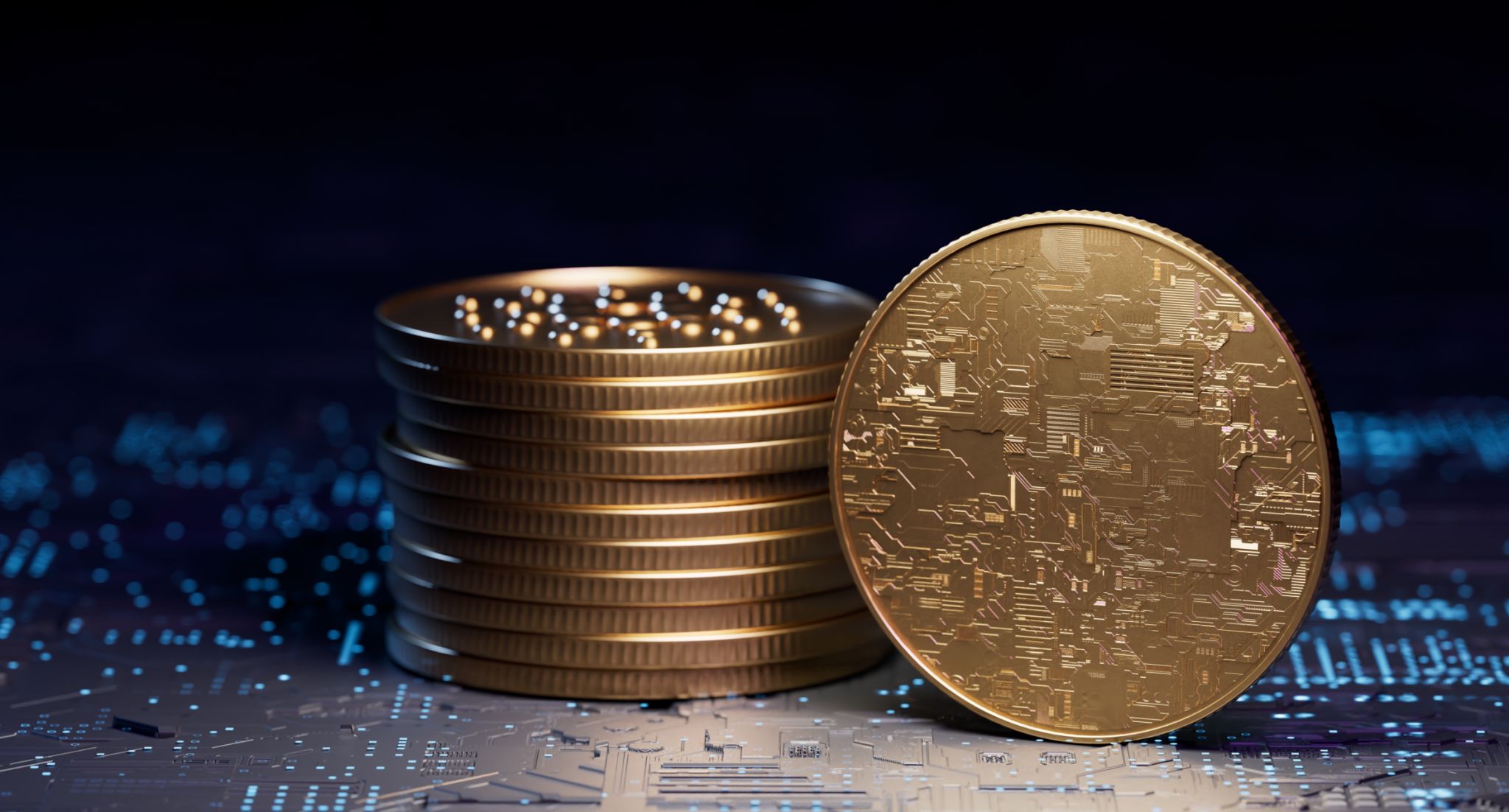Join the Web3 Revolution: A Beginner's Guide to XRPL
Understanding the Web3 Revolution
The digital landscape is evolving rapidly, and at the forefront of this transformation is Web3. This new iteration of the internet is characterized by decentralized platforms, cryptocurrencies, and blockchain technology. One of the standout components of this revolution is the XRP Ledger (XRPL), which is poised to become a major player in the decentralized finance (DeFi) space. But what exactly is XRPL, and how can beginners get involved?
Web3 represents a paradigm shift from traditional, centralized systems to decentralized networks that empower users and enhance security. This change is driven by blockchain technology, which ensures transparency and immutability of data. As Web3 gains momentum, understanding its core elements becomes essential for anyone looking to stay ahead in the digital age.

Introducing the XRP Ledger (XRPL)
The XRP Ledger is an open-source, decentralized blockchain that enables fast and cost-effective transactions. Unlike other blockchains that may struggle with scalability issues, XRPL is designed to handle a large volume of transactions with low fees, making it a preferred choice for financial institutions and developers alike.
XRPL's native digital asset, XRP, plays a crucial role in facilitating cross-border payments. With XRPL's consensus protocol, transactions are confirmed in just seconds, offering a significant advantage over traditional banking systems that can take days to process international payments.
Key Features of XRPL
- Speed: Transactions are settled in 3-5 seconds.
- Cost: Transaction fees are minimal, often costing less than a penny.
- Scalability: Capable of handling up to 1,500 transactions per second.
- Sustainability: Energy-efficient consensus model compared to proof-of-work systems.

Getting Started with XRPL
If you're new to XRPL, the first step is to create a digital wallet that supports XRP. There are several options available, from hardware wallets like Ledger Nano S to software wallets like XUMM and Toast Wallet. Once your wallet is set up, you can purchase XRP on a cryptocurrency exchange like Binance or Coinbase.
After acquiring XRP, you can explore various applications and projects built on XRPL. These range from decentralized exchanges (DEXs) and tokenization platforms to payment gateways and smart contracts. Engaging with these applications not only provides practical experience but also deepens your understanding of the XRPL ecosystem.

Joining the XRPL Community
The XRPL community is a vibrant and supportive network of developers, investors, and enthusiasts. Joining online forums, attending webinars, and participating in hackathons can be excellent ways to connect with like-minded individuals. Platforms like Twitter and Reddit are also great resources for staying updated on the latest developments and insights.
Furthermore, the XRPL Foundation offers educational resources and tools for both beginners and seasoned developers. Taking advantage of these materials can help you build your knowledge base and become more proficient in navigating the XRPL landscape.

The Future of XRPL in Web3
As Web3 continues to evolve, XRPL is expected to play a significant role in shaping the future of digital finance. Its robust infrastructure and innovative solutions make it an attractive option for businesses seeking efficient payment systems and secure transaction processing. Moreover, with ongoing advancements in DeFi and smart contracts, the potential applications of XRPL are vast and varied.
For beginners eager to join the Web3 revolution, XRPL offers a promising entry point. By understanding its features, engaging with its community, and leveraging its tools, you can position yourself at the forefront of this exciting digital transformation.